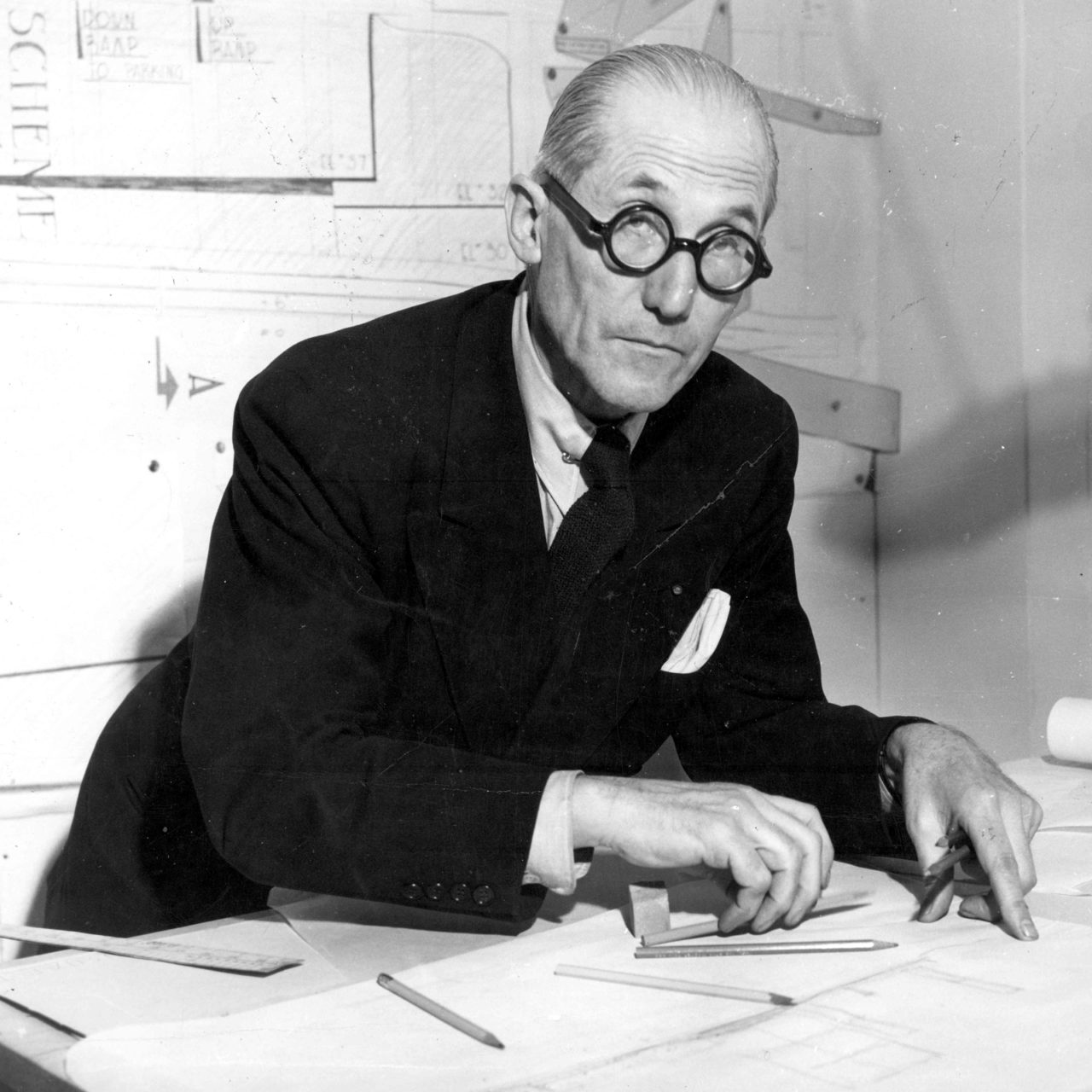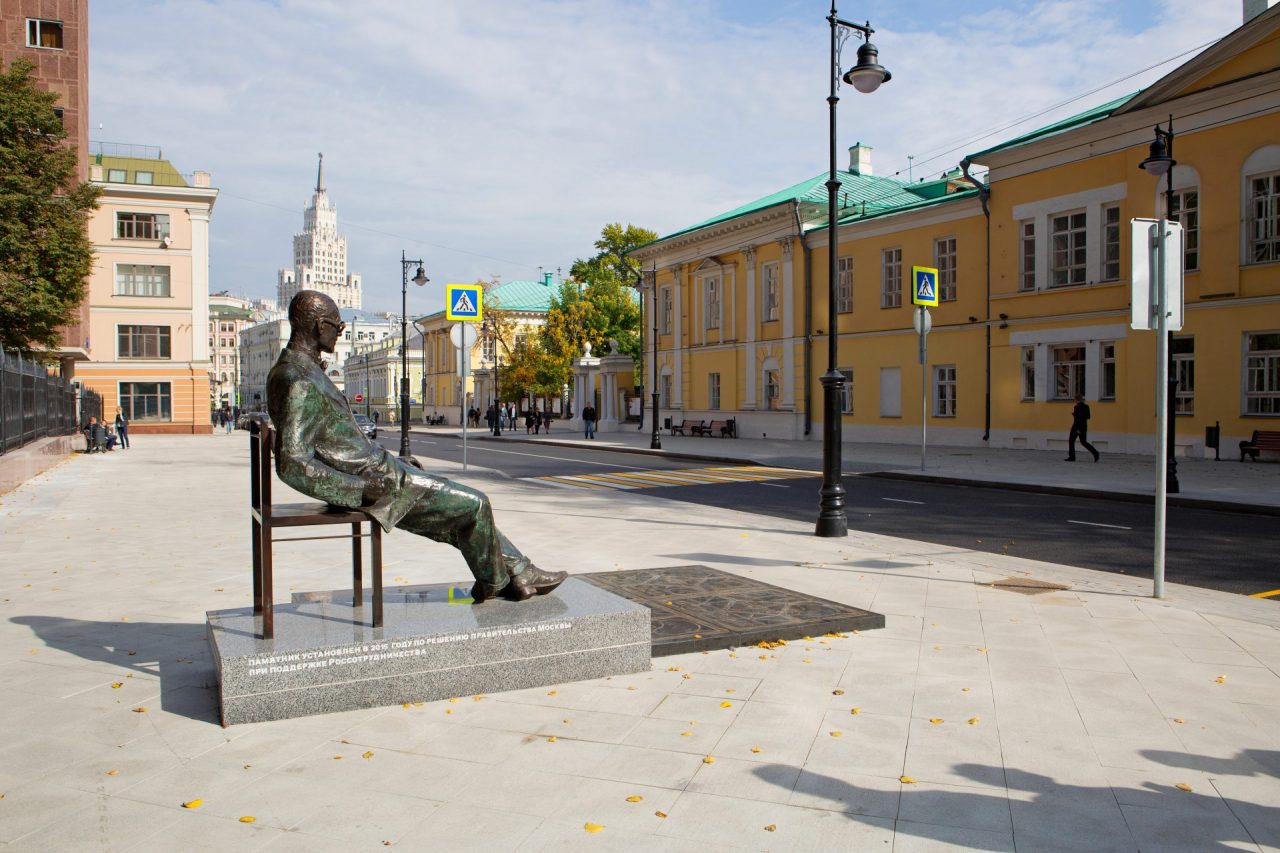“Made for men, on a human scale, with robust, modern techniques, revealing the splendor of raw concrete and putting this era’s extraordinary resources to good use at home.” Charles-Edouard Jeanneret, known the world over as Le Corbusier, explained how reinforced concrete would change modern architecture with these words.
The Swiss-born, French-naturalized architect, painter and artist said goodbye to the old way of building houses, replacing the designs of the past with the buildings that make up entire districts of today’s modern cities.
These buildings are distinct for their use of one specific material: reinforced concrete, concrete in which steel is embedded in such a manner that the two materials act together in resisting forces.
The origins of reinforced concrete
Long before Le Corbusier’s architectural intuition and his desire to shake up the urban landscape came along, concrete had its own complex, far-reaching history. As far back as Ancient Rome, concrete was used for building foundations, though not reinforced concrete specifically.
Reinforced concrete became part of the construction lexicon in the nineteenth century via a series of scientific research and experiments. One of the first instances dates to 1850, when French architect Lambot conducted research to build a concrete beam with iron reinforcement. The same material was also being researched in the United States at the time, but Joseph Monier is considered the inventor of reinforced concrete. In 1868, Monier began to build beams, vaults and pipes with this new material that was less thick than traditional concrete, yet still ensured stability. Monier made an early attempt to patent the material on July 16, 1867, but filed the most significant patent for the development of the material as we know it in 1870.
Shortly thereafter came the boom in reinforced concrete construction, particularly in the United States. But it was world-famous architect Le Corbusier who transformed the material into a symbol of modernity and a new way of approaching architecture to meet the needs of an industrial society.

Le Corbusier and reinforced concrete
Le Corbusier explained his theory for a new model of construction in his art and architecture magazine “L’Esprit Nouveau” in the early 1920s. The magazine, co-founded by the architect with the painter Amédée Ozefant and the poet Paul Dermée, published an essay collection titled “Towards a new architecture.” In the text, Le Corbusier explains his vision for the future of architecture, with the house as a “machine”, and new materials—reinforced concrete among them—serving as functional tools for both domestic and infrastructural needs.
Le Corbusier’s idea was to use cement to meet urban development needs of large cities. In “Ville Contemporaine,” a never-fully-realized planned utopia that would house three million residents, the architect imagined how the construction of large reinforced concrete buildings could meet the housing needs of a considerably growing population.
Perhaps the best known example of this theory in action is the “Unité d’Habitation”, the large concrete building the architect designed to respond to the lack of housing in Marseille after the end of World War II. The building faced harsh criticism at the time for its massive structure and concrete cube shape, yet history proved Le Corbusier right. The building officially became a historical monument in 1995 and an UNESCO World Heritage Site in 2016.
More generally, the idea of a new architectural style revolving around reinforced concrete was a product of that particular moment in history. The initial decades of the 20th century brought about an industrial boom, the birth of a working class and urban development linked to new production systems. Indeed, it was after the advent of the industrial revolution that Le Corbusier understood the ways this new material could be used strategically. It would become essential as a rapid and effective response to people’s needs.

Le Corbusier’s genius at the service of architecture
When Le Corbusier died on August 27, 1965, the whole world was immediately cognizant of the loss, aware of the innovative spirit that this naturalized French citizen, architect and artist brought not just to the construction sector, but to infrastructure as well.
The Modern movement that Le Corbusier helped launch blazed a new path in contemporary architecture. Reinforced concrete became the essential material for building not just houses, but roads, bridges, viaducts and various infrastructure key to nations’ development.
Through the charisma and unmatched impact that his works had over time, the whole world responded to the architect’s building revolution, and cities began to aesthetically change.
Today, nearly 60 years after Le Corbusier’s death, the construction industry is looking to the future of reinforced concrete, the material that launched a new season in architecture.
The future of reinforced concrete
Since Le Corbusier, reinforced concrete has become a vital element of buildings, both in the construction sector and in large infrastructural works, bridges, roads, and viaducts. As a material, reinforced concrete is a reliable and innovative source of durability, safety and reduced costs.
Despite its structure, reinforced concrete, like all materials, has a natural “shelf life”, the exact length of which is still unknown. Certainly climatic factors such as frost or external elements such as sea water can attack the concrete, causing degradation.
As a result, today’s global construction community is focused on research exploring innovative solutions to the inevitable wear and tear of this material, while also protecting the unique characteristics that have made it so important for building renovation.

